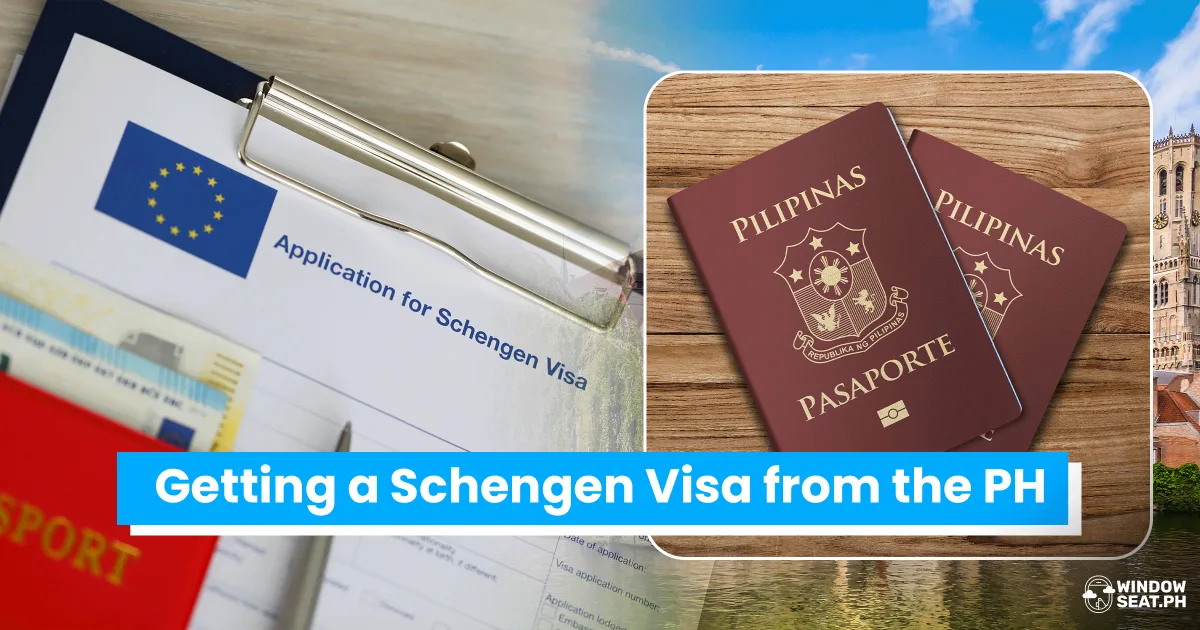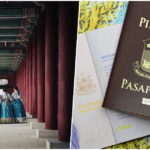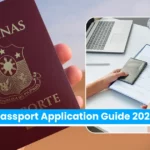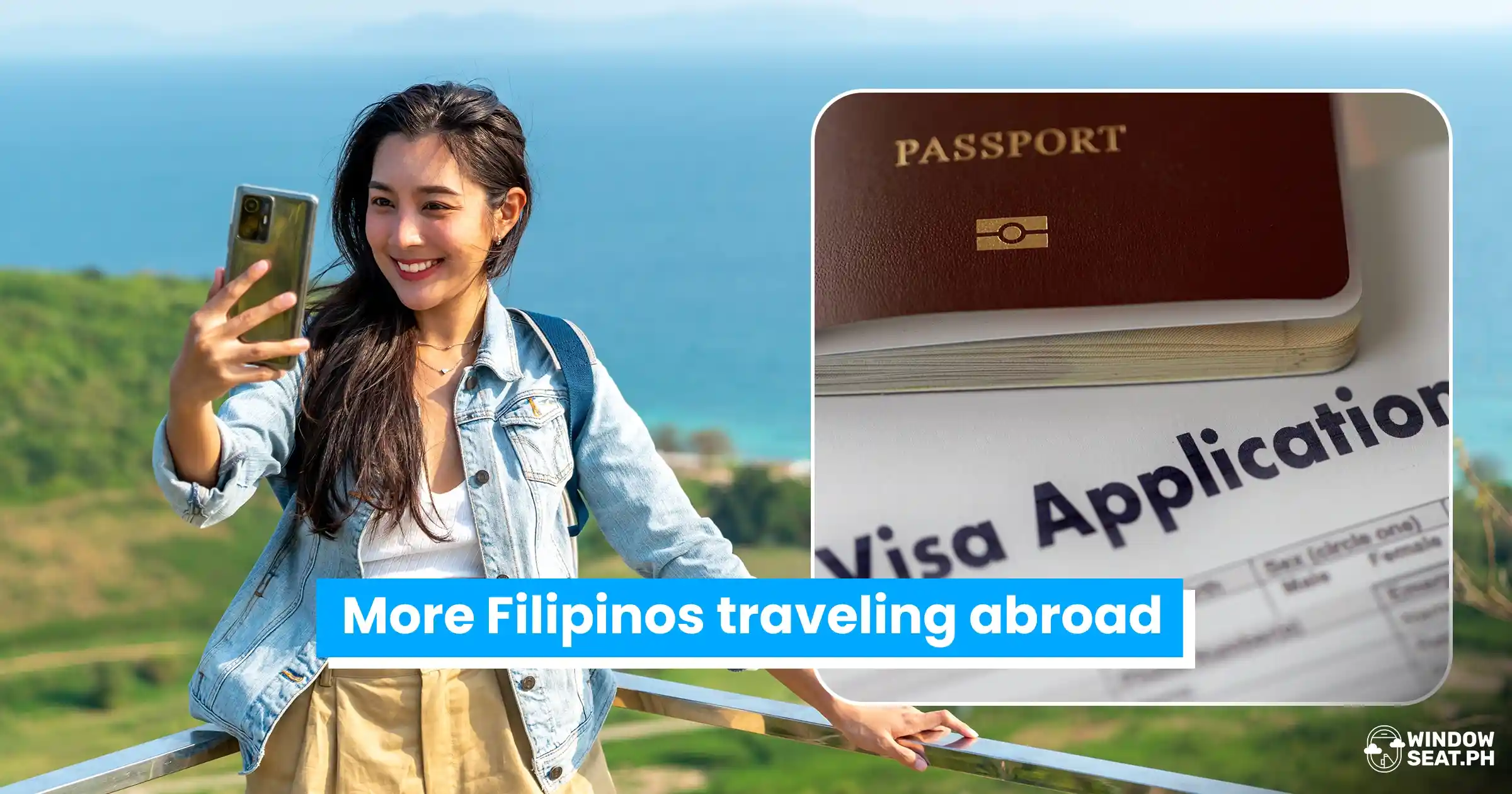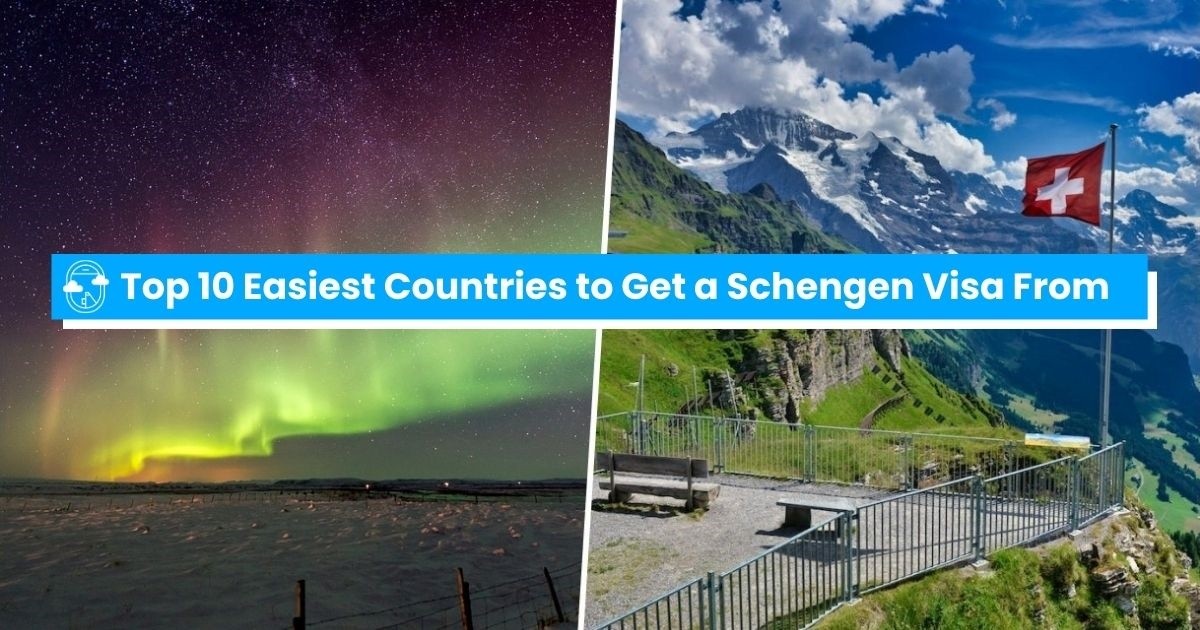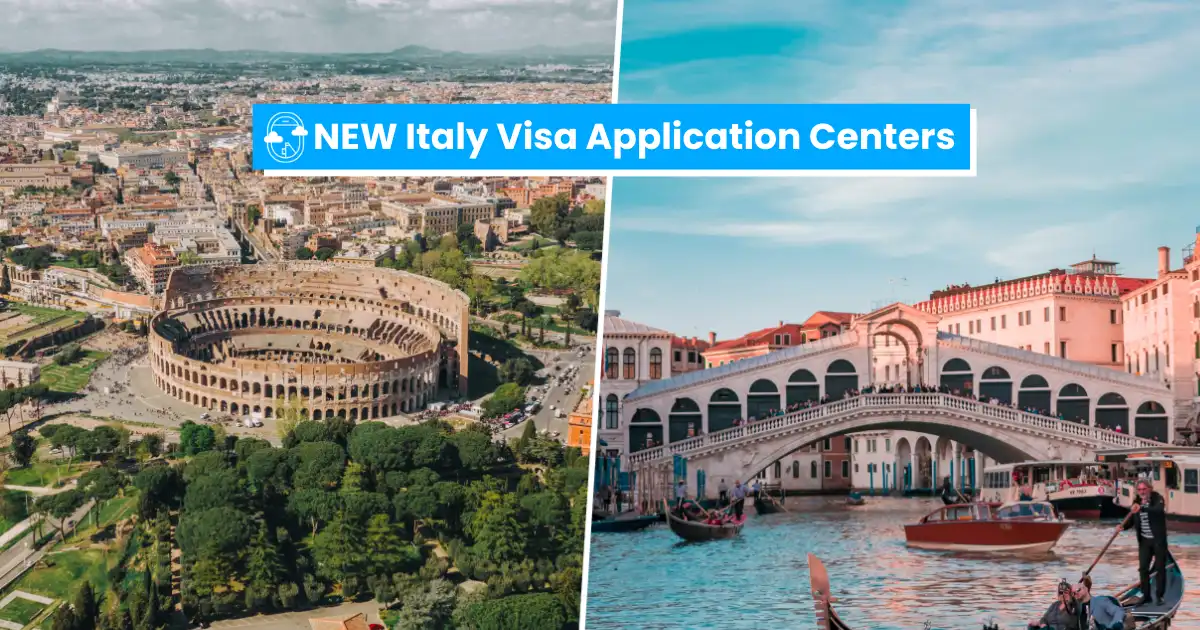GUIDE: How to Get a Schengen Visa from the Philippines
Includes pro tips!
by WindowSeat.ph | December 20, 2023
Every wanderlust wishes to travel to every country, and if not all, at least most of them. This means going from one continent to another, meeting new people, trying out new food, seeing new sights, and getting to know different (maybe even odd) cultures and histories.
While that sounds interesting and fun, you must have the proper documents and traveling papers before you can pack a bag and go. Some countries, like America, Australia, or Cambodia, only need the basic requirements for you to be able to travel there. However, countries in the Schengen Area require a specific kind of visa for you to travel around Europe.
But don’t you worry; the most common questions asked when applying for a Schengen Visa are debunked below:
What is a Schengen Visa?
It is the travel document you need to go to the countries in Europe’s Schengen Area: Austria, Belgium, Croatia, Czech Republic, Denmark, Estonia, Finland, France, Germany, Greece, Hungary, Iceland, Italy, Latvia, Liechtenstein, Lithuania, Luxembourg, Malta, the Netherlands, Poland, Portugal, Slovakia, Slovenia, Spain, Sweden, and Switzerland. This visa will allow you to travel from one Schengen area to another. Just make sure not to go beyond the travel period time stated in your visa!
Unfortunately, not all European countries are part of the Schengen Area. Countries like Romania, Bulgaria, Croatia, Cyprus, Ireland, and the United Kingdom are not covered by the Schengen Visa and require different visa processing.
What type of visa do you need?
The Uniform Schengen Visa allows you to stay in the member states for up to three months or 90 days every six months. This is best for tourists who only want to travel for a short time period.
Under this visa, you must specify if your visa allows you for a single, double, or multiple entry in the country/ies you hope to visit.
Schengen Visa categories
Category A (Airport Transit Visa) allows you to travel from one non-Schengen state to another through a connecting flight in a Schengen state airport.
Category B (Transit Visa), meanwhile, allows you to go through the Schengen countries by car, coach, or plane to a non-Schengen country within five days.
Category C is for a short-term visa, allowing the traveler to stay in a Schengen state for a certain period of time.
Then there’s also the Limited Territorial Validity Visa, which allows you to visit one state or certain states within the Schengen Area.
The National Visa, however, is best for those who wish to study, work, or migrate to one of the Schengen countries.
How long can I stay in the Schengen Area with my approved visa?
Filipino tourists with an approved Schengen Visa can stay in the member states for up to three months or 90 days within a six-month period.
*In this guide, we will provide information regarding obtaining a Schengen visa as a tourist.
Tourist Schengen Visa requirements
What are the requirements you need to have in order to obtain a Schengen Visa?
- Print-out of duly filled and signed application form, which you’ll find on the website of the country you’re applying to or from third-party agencies
- A passport, which is valid for at least three months
- Two biometrical passport photos are attached to the application form
- Visa fee of 80 Euro, 40 Euro for applicants from 6-12 years old
- Flight and hotel reservations for the entire stay
- Proof of financial coverage of the cost of stay
- Bank statements for the last six months or a formal obligation according to §§ 66-68 AufenthG with a confirmation of the declarant’s financial capacity by the local Immigration (“Ausländerbehörde”)
- Proof of rootedness in the Philippines (e.g., work contract and bank statements showing transfer of last six monthly salaries), proof of student enrollment, marriage certificate, etc.
- Proof of health travel insurance
- Cover letter stating reasons why you wish to visit the Schengen area.
How much is a Schengen Visa application?
Applying for a tourist Schengen visa should set you back EUR80 or approximately PHP4,888. Children between the ages of 6-11 have a visa fee of only EUR40, or approximately PHP2,444, while children between the ages of one to five are free of the visa fee.
Are there other expenses?
Travel health insurance is needed, especially for the elderly or people with predetermined medical conditions, to cover up or help with any medical expenses during your trip.
Travel insurance is also a must in order to make up for losses experienced during the trip, like lost luggage, cancellation of flights, or travel agency bankruptcy.
Now, the pro tips:
- All transactions must be done through the corresponding embassy of the country you wish to visit. Be sure to set an appointment at least 15 days before your planned departure. The earliest you can apply is three months before your scheduled trip. Do it as early as you can!
- Always hand in the documents yourself to the legit clerks and personnel to avoid travel scams.
- Answer the interview questions about your travel truthfully.
- Always purchase your ticket after you have been granted a visa and after personally obtaining it from the agency.
- You can always return to the embassy to extend your stay in the Schengen country.
- Some countries of entry require a list of countries you’ve visited in a given time frame (usually five years). The more countries you visit and visas you acquire, the bigger your chances are of getting a Schengen visa.
- Bring your updated/financial documents (e.g., Income Tax Return, bank statements, land titles, car registration documents, and/or audited financial statements if you have a business).
- When choosing which country to apply for, choose the country where you intend on staying the longest. For example, you plan on spending two days in Amsterdam, three days in Germany, and five days in France. Submit your application to the Embassy of France in Manila.
- If you have countries to visit within the same number of days (e.g., three days in Amsterdam and Germany), submit your application to the country you plan to enter from Manila.
How long does the Schengen Visa application process take?
The Schengen Visa processing usually takes about 15 days and can extend up to 30 days.
For more information regarding the visa application, visit the official embassy website of the country you plan on sending your application. Safe travels!



